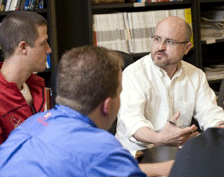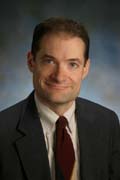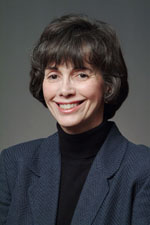
THE ASSOCIATION FOR EDUCATION IN JOURNALISM AND MASS COMMUNICATION (AEJMC) in Boston
featured a PF&R Panel "The Image of the Gay Journalist in Popular Culture" sponsored by the Entertainment Studies Interest Group and The Gay, Lesbian, Bisexual and Transgender Interest Group at 10 to 11:30 a.m., Wednesday, August 5, 2009.
 Moderator and Discussant: Joe Saltzman, Professor of Journalism and Director of the Image of the Journalist in Popular Culture (IJPC), Annenberg School for Communication, University of Southern California previewed an excerpt from the three-disc, 4:42:23 "The Image of the Gay Journalist in Movies and Television, 1929-2009." He will also presented recent IJPC research on the subject.
Moderator and Discussant: Joe Saltzman, Professor of Journalism and Director of the Image of the Journalist in Popular Culture (IJPC), Annenberg School for Communication, University of Southern California previewed an excerpt from the three-disc, 4:42:23 "The Image of the Gay Journalist in Movies and Television, 1929-2009." He will also presented recent IJPC research on the subject.
 Panelists include Gary Hicks, Associate Professor, Southern Illinois University-Edwardsville spoke on If We Could Just Learn Not to Hate Ourselves Quite So Very Much: Gay Journalists and The Self-Perpetuating Stigma": "From his first furtive appearance in film, the gay-identified journalist has lived between two worlds, balancing between the expectations of the rough and rowdy world of journalism as depicted in motion pictures, and his own mostly hidden private life. Whether openly gay, or, as was most often the case, identifiable only through vague reference, the character of the gay journalist has oftentimes been his own worst enemy. This presentation focuses on films that allude to a character's homosexuality and then use it against him -- usually with his own acquiescence. This internalized homophobia usually works again the film's character, and arguably against the public's perception of gay people."
Panelists include Gary Hicks, Associate Professor, Southern Illinois University-Edwardsville spoke on If We Could Just Learn Not to Hate Ourselves Quite So Very Much: Gay Journalists and The Self-Perpetuating Stigma": "From his first furtive appearance in film, the gay-identified journalist has lived between two worlds, balancing between the expectations of the rough and rowdy world of journalism as depicted in motion pictures, and his own mostly hidden private life. Whether openly gay, or, as was most often the case, identifiable only through vague reference, the character of the gay journalist has oftentimes been his own worst enemy. This presentation focuses on films that allude to a character's homosexuality and then use it against him -- usually with his own acquiescence. This internalized homophobia usually works again the film's character, and arguably against the public's perception of gay people."

Matthew Ehrlich, Professor, University of Illinois talked about The Twenty-First Century Gay Movie Journalist: ‘The Devil Wears Prada'": “`The Devil Wears Prada' poignantly illustrates the mixed portrayal of the gay journalist in contemporary Hollywood cinema. On the one hand, the fashion editor character Nigel is a progressive depiction. He is intelligent and successful, and he does not exist solely to provide comic relief via broad stereotypes of how gay people supposedly behave. On the other hand, Nigel is only a supporting character whose main function is to serve as a consultant and confidante for the female protagonists. He has no apparent relationships with men (romantic or otherwise), and he is not seen doing much journalism (fashion or otherwise). Nigel’s character raises the question of how far successful mainstream movies can or will go in honestly portraying the gay journalist."

Sammye Johnson, Professor, Trinity University analyzed The Lesbian Journalist as Sleuth: The Nyla Wade Mysteries: “The detective story/mystery is one of the most popular genres in book publishing, with protagonists ranging from tough Philip Marlowe to gentle Miss Marple, and from cerebral Hercule Poirot to pragmatic Kinsey Millhone. While there have been several journalist-as-sleuth novels (the Britt Montero series and most recently, Jack McEvoy), feminist writer Vicki P. McConnell offers one of the few mystery series with a lesbian journalist as sleuth. This paper looks at the three Nyla Wade novels by McConnell as focusing both on the professional development of a female investigative reporter in the early 1980s and on her journey to self-awareness and realization as a lesbian.